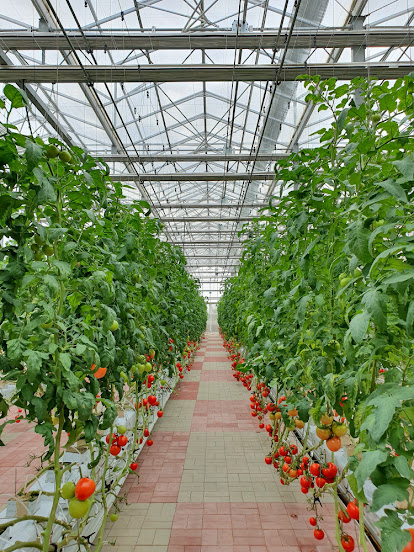How to Calculate the Ideal LED Grow Light Wattage for Your Greenhouse
The correct LED grow lamp wattage must be chosen in order to maximize plant development in your greenhouse. The health and output of your crops might be impacted by excessive or insufficient light. We will walk you through the process of determining the optimal LED grow lights wattage for your greenhouse in this blog post.
Assess Your Greenhouse Size and Layout
Examining the size and configuration of your greenhouse is the first step in figuring out the optimal wattage. Calculate the growing area's length, width, and height. Think about the distance between your plants and the ideal amount of light for each crop.
Determine the Light Intensity Requirements
The amount of light that various plants need varies. While leafy greens can survive with less light, some crops, including tomatoes and peppers, require higher light levels. Learn more about the precise lighting needs of the crops you want to cultivate in your greenhouse.
Calculate the Total Lumen Requirement
You need to know the amount of light (in lumens) your plants need as well as the size of your growing space in order to determine the overall number of lumens needed for your greenhouse. Use the formula below:
Total Lumen Requirement = Greenhouse Square Footage x Light Intensity (in Lumens Per Square Foot)
Convert Lumens to Watts
LED grow lights are typically rated in watts, not lumens. To convert lumens to watts for LED lights, you need to consider the light efficiency, which varies among different LED fixtures. As a rough guideline, you can assume that 1 watt of LED light produces approximately 60-80 lumens. Use this range to estimate the wattage needed.
LED Wattage = Total Lumen Requirement / (60 - 80)
Consider Additional Factors
Although the equations above offer a decent place to start, there are more elements to take into account:
a. Light Spectrum: For optimum growth, various plants need different light spectra. Make sure the LED lights you use emit the proper wavelengths (red for blooming and fruiting and blue for vegetative growth).
b. Light Distribution: By strategically placing your lights, you can provide even illumination throughout your greenhouse.
c. Light Duration: Determine the number of hours each day that your LED grow lights will be on.
d. Energy Efficiency: To lower operating costs, think about using energy-efficient LED fixtures.
Consult with Experts

Comments
Post a Comment